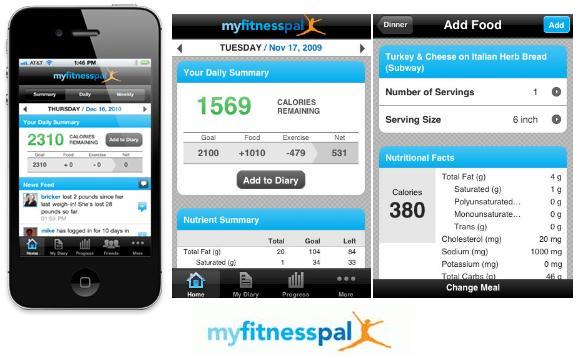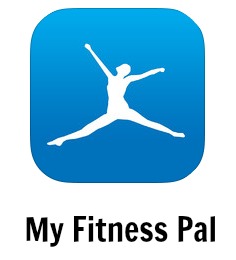Does calorie counting work? The short answer is yes. To lose weight you need to burn more calories than you consume. This can be done by burning more calories than you need through exercise, eating fewer calories than you need or a combination of both.
Do you have to count calories to lose weight? No most healthy foods are low in calories and most unhealthy foods are high in calories. By making healthy food choices and eating those foods in controlled portion sizes it’s easy to keep calories under control.
Do I believe you should count calories? No I don’t think it’s necessary and most of my clients don’t count calories. However I believe it can beneficial to occasionally write down what you eat and calculate your calories just to make sure you’re not overeating or under eating.
So how do you calculate the amount of calories you need to lose weight? First you need to calculate your Total Daily Energy Expenditure (TDEE). TDEE is the amount of calories that your body burns in a 24 hour period, sleeping, working, exercising, playing and digesting food. This calculated based off your sex, age, weight, height and activity level.
To calculate your TDEE click this link https://tdeecalculator.net
Once you have this number then subtract 500 and that’s how many calories you need to lose weight. For example: I’m a male, 31 years old, weight 85kgs, height 184cms and I train 6 days per week. So my TDEE is 3191. I would subtract 500 which is 2691. That’s what I need to eat to lose weight. So why subtract 500? Because if you eat 500 calories less than you need per day that equals 3500 calories per week which equals ½ kg weight loss per week. This is a perfect amount of weight to lose without losing muscle.
The above calculator will also calculate your macro nutrients as well. So what are macro nutrients? Carbohydrates, fats and proteins are macronutrients. There are 4 calories per gram of both protein and carbohydrates, and 9 calories per gram of fats. For overall good health and normal body function you should be eating a balance between carbohydrates, protein and fats. I have always recommended eating 40% carbohydrates, 40% protein and 20% fats. However this can be tailored to the individual.
So how do you count calories and macro nutrients? In the past you would need a calorie counting book, then look up each individual item and fill in a food diary. This was very tedious and time consuming. However now there is the phone app My Fitness Pal. Using My Fitness Pal makes it simple to look up food items then the app automatically finds the calories and updates your daily total. To learn more about My Fitness Pal visit http://www.myfitnesspal.com/
If you decide you want count calories and macro nutrients using My Fitness Pal I recommend you don’t include any exercise you do because it will automatically recalculates your daily total allowing you to eat more. I recommend putting in your own daily calorie goal and macro goals using the above formulas rather than relying on the app to calculate it for you.
Before you download My Fitness Pal, be aware that counting calories and macro nutrients is time consuming and you need to consistently hit your targets every day. If you’re not prepared to this, this way of tracking will not work. You’re better off keeping a hand written food diary and concentrate on food choice and portion size instead.
If you do or don’t count calories your diet should still consist mainly of lean protein, vegetables, fruit, nuts and whole grains. If one person consumes 1600 calories of healthy food per day and another person consumes 1600 calories of junk food per day, the first person eating healthy food will definitely look and feel better. Food choice will always be more important than calories! For more information on training and nutrient contact me on 0402 505 304 or philthefatburner@live.com.au


Leave A Comment